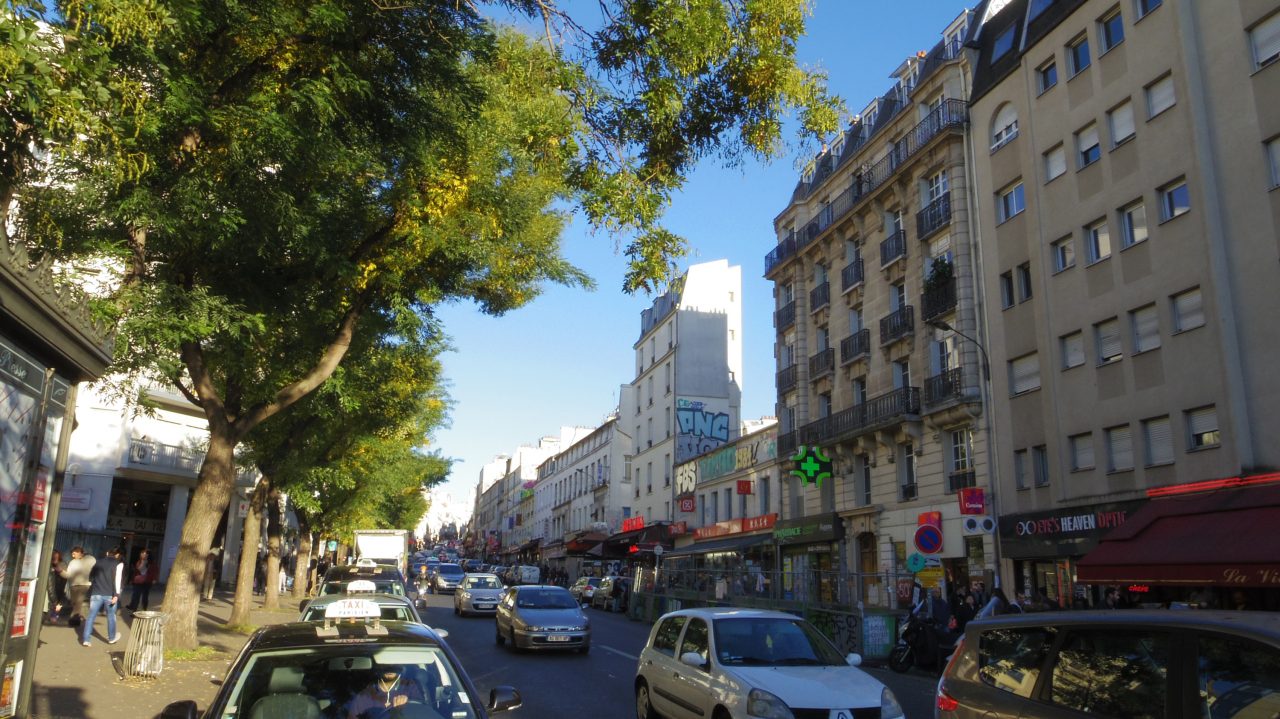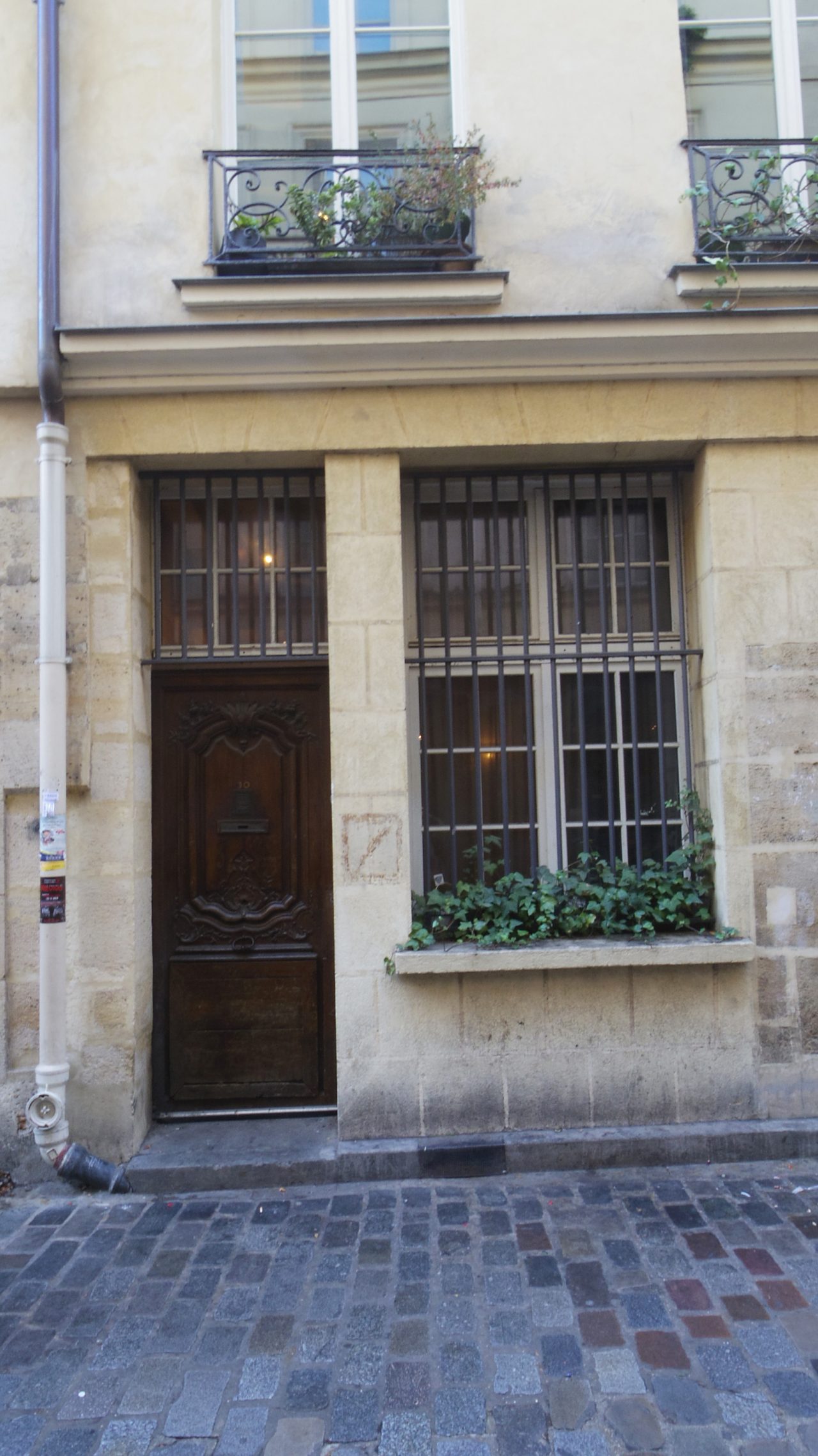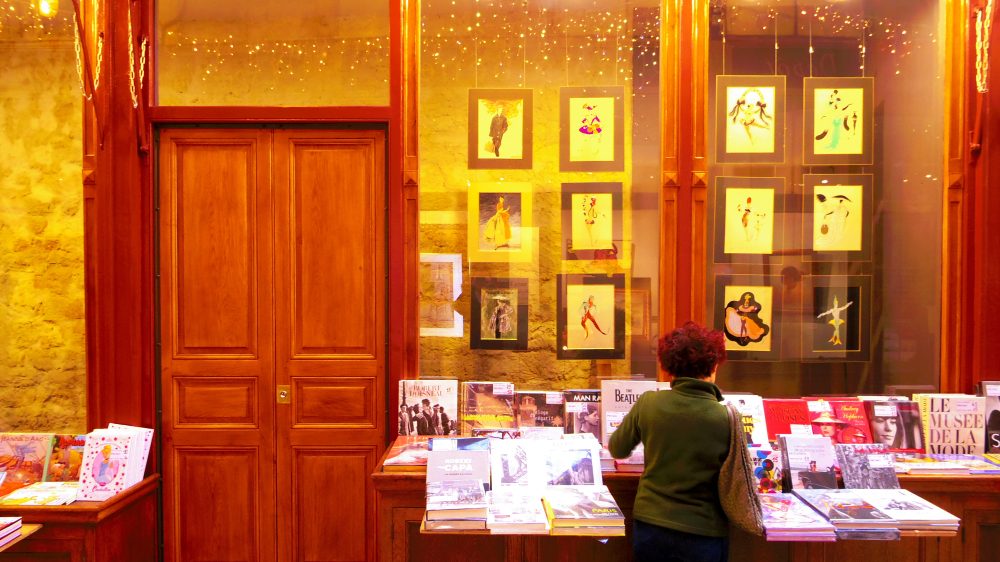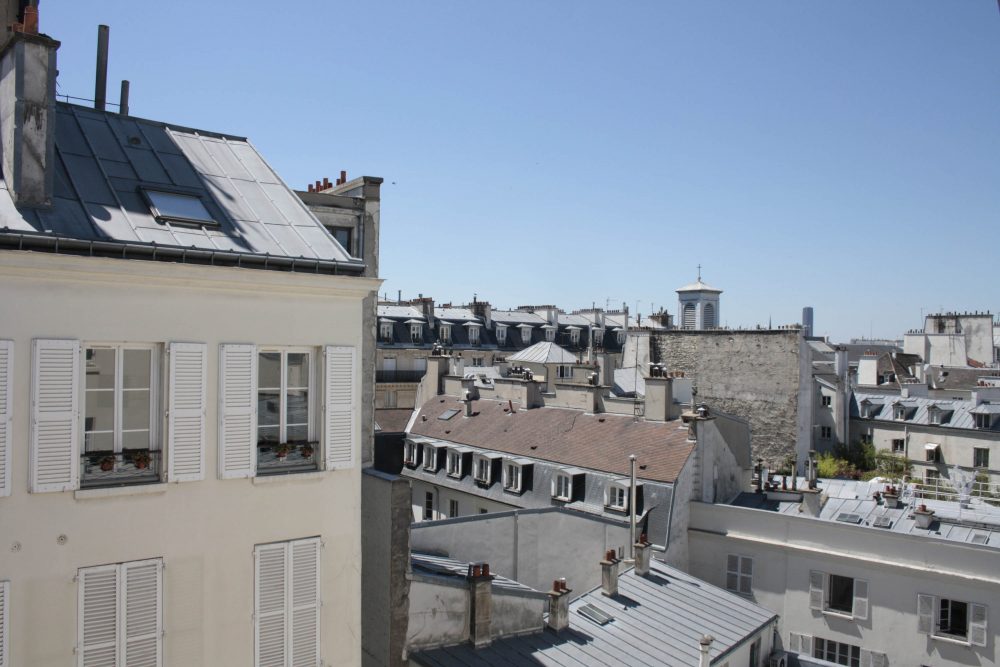
Series Window Column from Paris
fear and pleasure, and as theater
21 Dec 2015
The city of Paris is divided into 20 arrondissements. First arrondissement including the Louvre Museum is located approximately at the center of Paris. From there, the arrondissemens are numbered in a clockwise spiral, ending at the eastern part of Paris.Among the 20 arrondissements, I started my architectural career in Paris at a university of the Belleville district. This district is located on the second-highest hill next to Montmartre and is always vibrant as an immigration district today. There are cheap bars where students gather, and shops run by mainly Chinese or North African people. A lot of Eastern European people are living there. For this reason, I feel a different type of bustle and smell from that of the center of Paris throughout the day. At the top of the hill of Belleville Street, there is a Belleville park having a panoramic view of Paris. Since the view of Paris from the park was beautiful, the name of this district began to be called ‘Belle ville‘ (beautiful town).
-

Arrondissements of Paris.
-
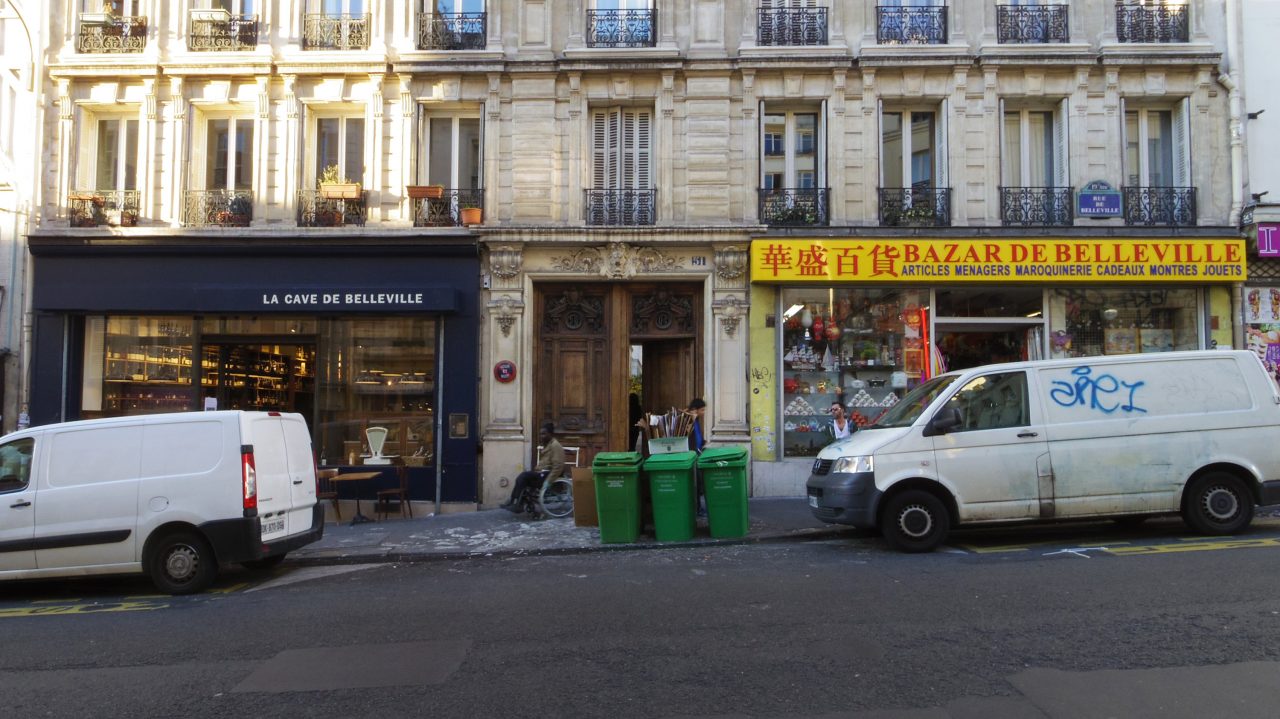
Belleville Street
-

History of the city walls of Paris
Until the middle of the 19th century, this area had been a suburb of Paris — a village outside of the city walls of Paris. The city of Paris expanded to the present size in the 20th century. Because Paris had always been surrounded by the city walls, it was Paris that was inside of the walls in those days. With the expansion of the city limits, the city walls were sifted outward while engulfing gradually the villages outside. It is not the old story that the Belleville district in the eastern outer edge was engulfed by Paris. Unlike walls of Japanese fortresses, European city walls, including that of Paris, were not specifically made to defend a castle, but to enclose a town by thick walls. In a vast continent spreading to Asia and Africa, consciousness of defending cities from all nomadic people who seek a better land might have allowed to do that.
-
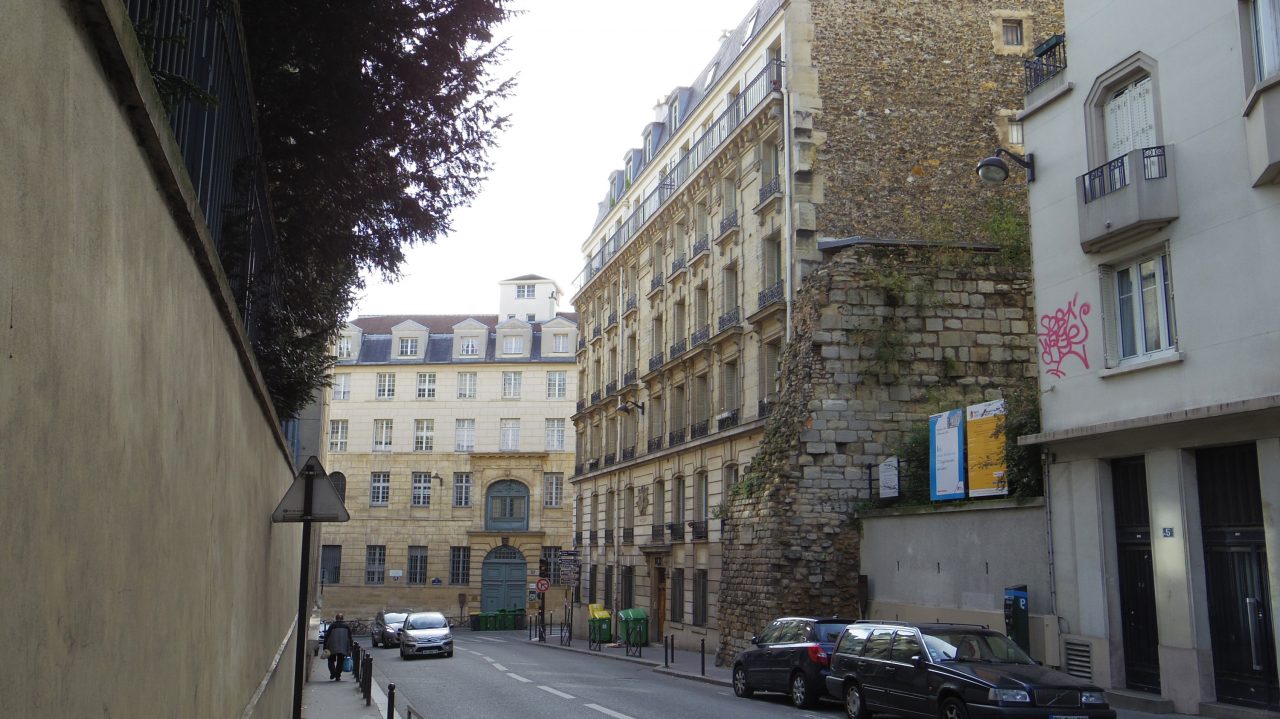
Remains of the city walls of Philip Augustus
-
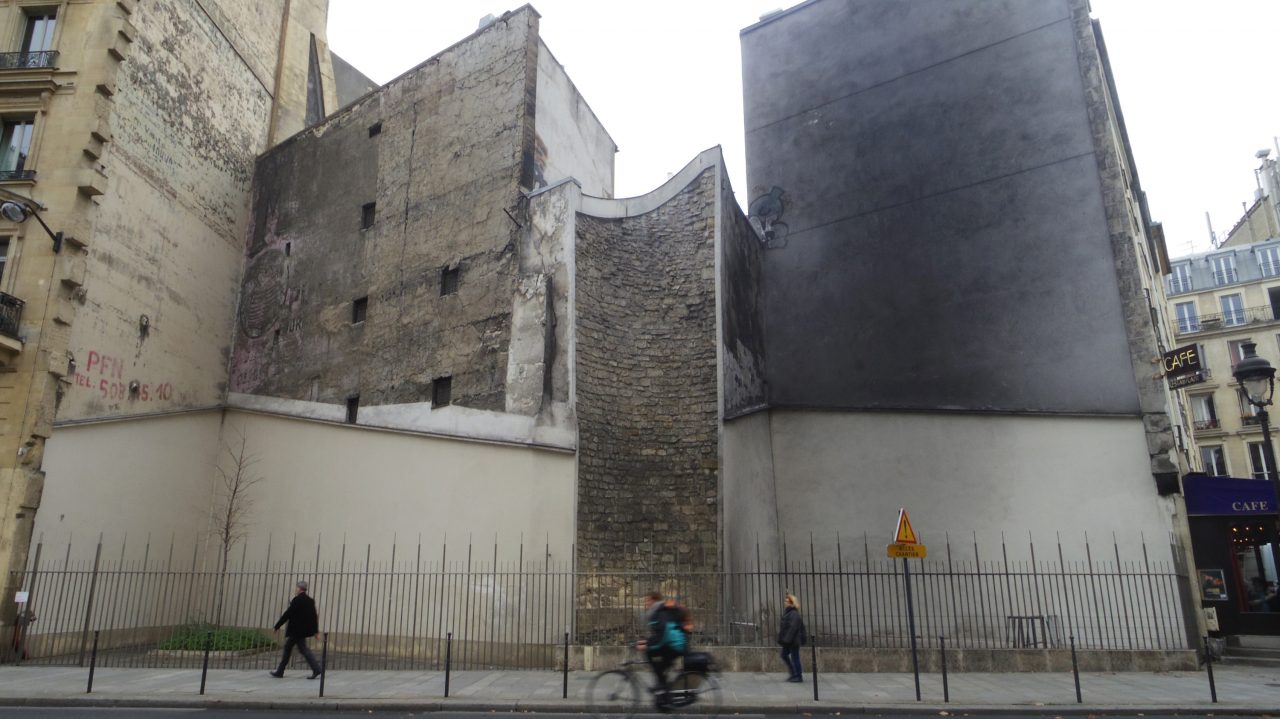
Remains of Atalaya of city walls
-
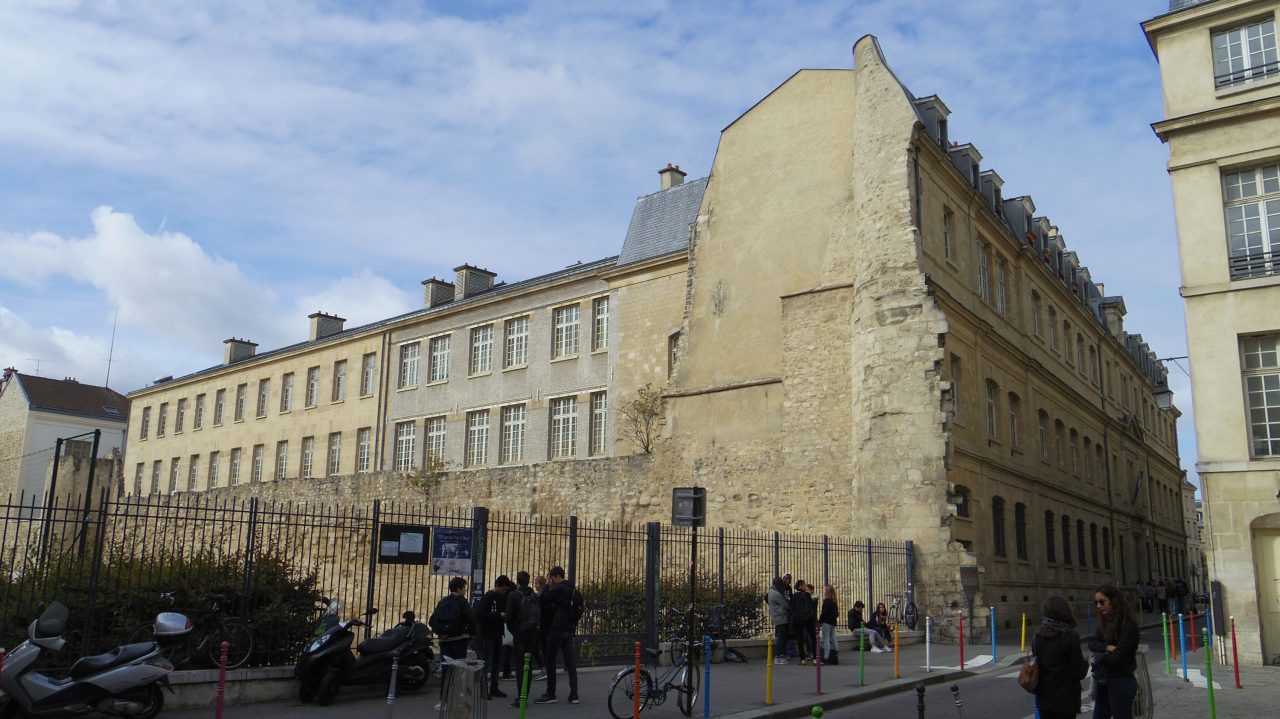
Remains of the city walls preserved as a part of school
This awareness of defense can be also seen in parts of residences and windows.
Almost all apartments which are forming the city of Paris have such as a shop, an office and a restaurant in the ground floor and the second floor, and residential floors begin from the third floor. However, as I mentioned in the previous chapter, living areas of the apartments in Paris had been divided by floors instead of districts: the upper floors to the poor like laborers, and the lower floors to the rich like noblemen. This is related to a chore caused by a vertical movement before the invention of an elevator. But nowadays the elevator for the apartment has spread, and we can see a case that the property values of the upper floor has risen.
-
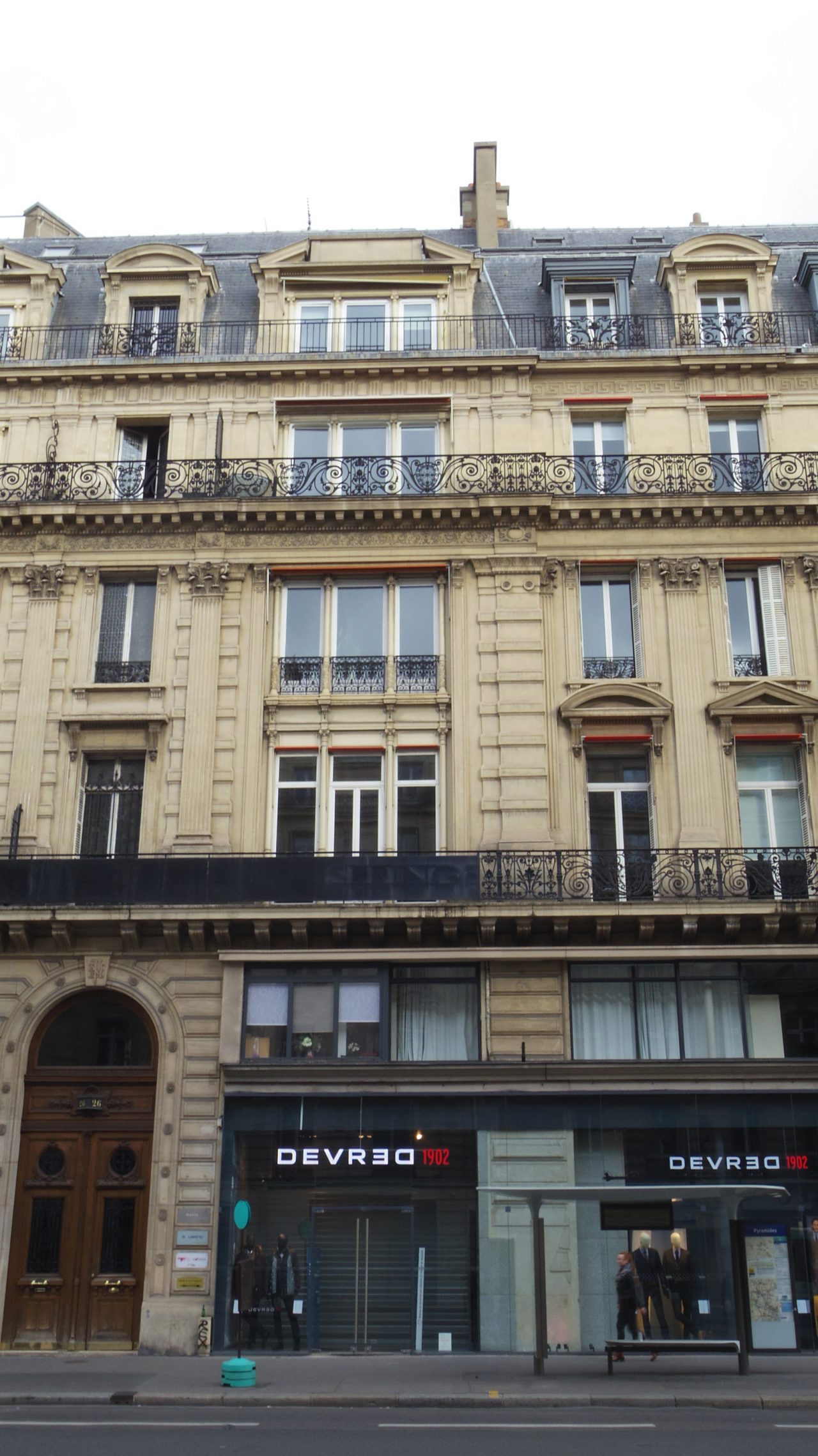
Facade of an old apartment
The window opened on the third floor wall is the largest. Looking at the windows of the apartment, the biggest windows with a balcony are placed in the third floor. Compared with that, the windows opened in the second floor are very small, and also the windows opened in the ground floor are furnished with iron bars. Originally, it seems that a workshop of a servant and a storehouse had been served in the ground floor and second floor, positioned as a part of podium as shown an exterior finish. The residence begin from the third floor, and here we can see consciousness that are similar to that of the city walls that defend from enemies, such as a steel grill and a small window which is difficult to trespass.
-

Iron‐barred window
-
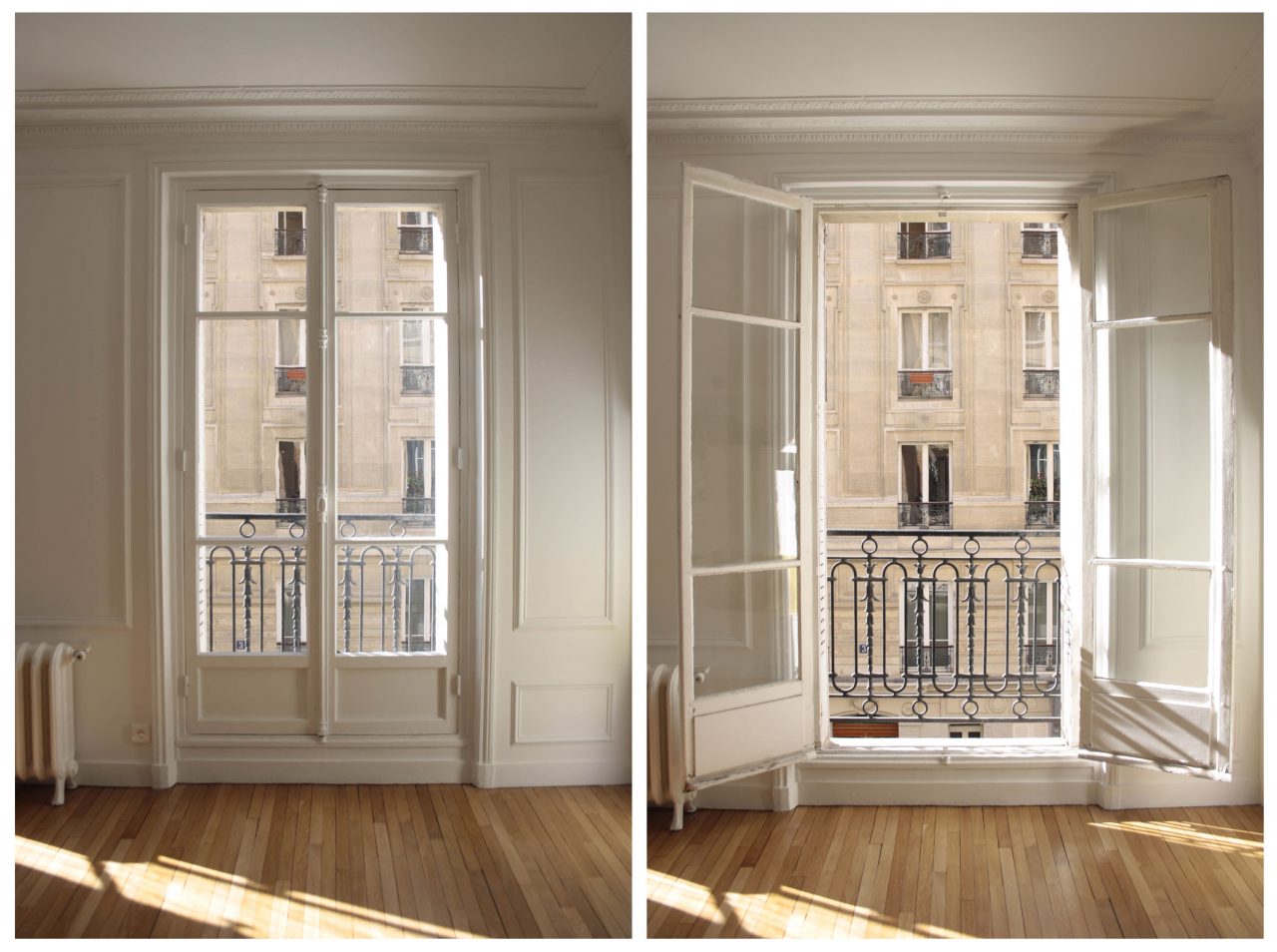
Inward opening window
Moreover, the windows of Paris open inward. Here also it seems to have a reason for the defense. If the enemy try to enter through the window, it is possible to prevent the window from opening by putting an obstacle inside of the building. It is easy to open outward opening windows, and then there is a danger that the obstacle could be removed. It seems that the inward opening was advantageous on defense against invasion from outside. 『 Fuku wa uchi, oni wa soto!』 Out with the devil, in with good fortune! Although there is the boundary of relief and fear which appear by this familiar call of Setsubun (the Bean throwing ceremony) in Japan, here in Europe it is divided by thick walls. It pays minute attention, because the windows which are opened there become a weakness for defense.
I would return to the story of Belleville. In the late 18th century, Belleville was located just outside of the city walls, which was built for the different reason from the defense. The walls were called the wall of the Fermiers généraux, meaning the wall of tax farmers-general. This wall was built to allow the traders who enter Paris pass through the toll barriers which were designed by architect Claude Nicolas Ledoux. At the time, Belleville was a suburb where the laborers and the producers of wine were living and allowed to exempt a duty, thanks to just being outside of the wall of the Fermiers généraux. It seems that there were prosperity as the busiest area of entertainment and pleasure lined with such as a circus, a music dance hall, a cabaret and a brothel, because of the availability of cheap, duty-free alcohol.
-
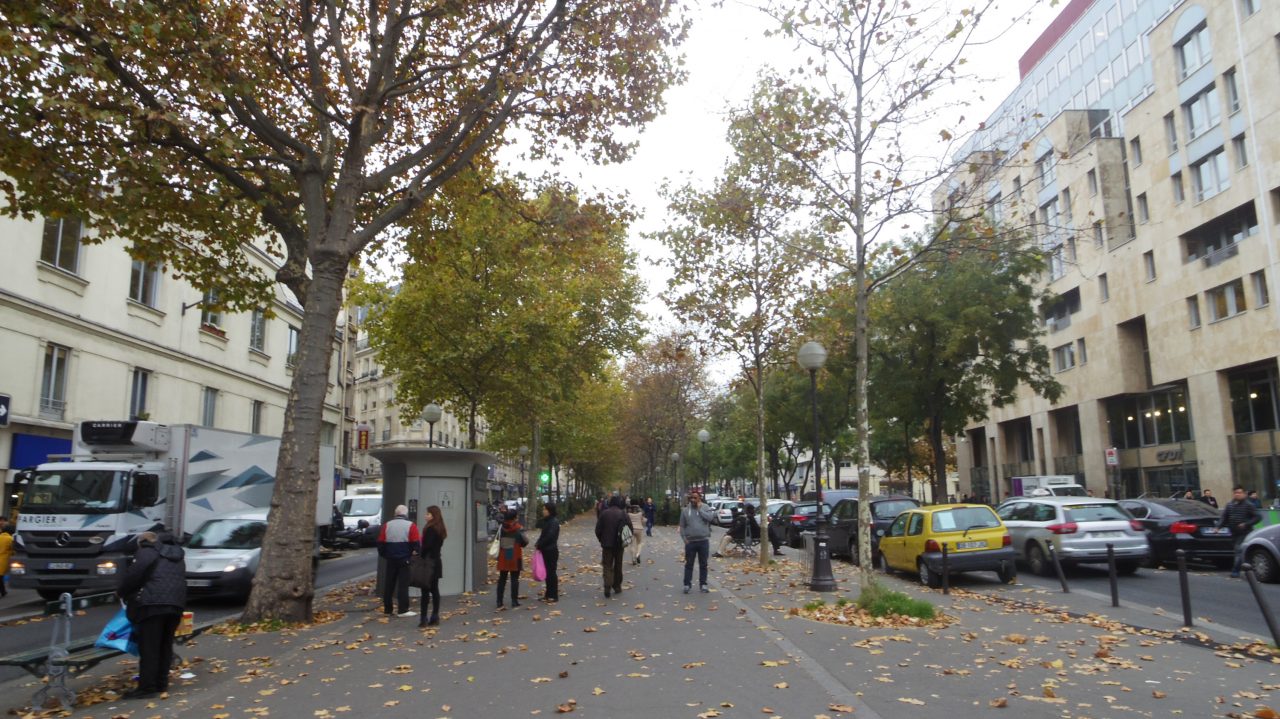
There was once the Wall of the Fermiers généraux on the boulevard de la Villette.
At the beginning of the 19th century, there was a fancy dress parade called ‘Descente de la Courtille’meaning Descent of the Courtille. This parade started from a corner, called La Courtille, in the Belleville district and ended at the center of Paris. It’s said that the many people gathered on the street, were disguised and joined the parade while drinking like a fish when the parade started. This could be counted one of three major carnival in Paris of the 19th century, it had been said also a spree of French people. It seems that the prosperity of this parade was really impressive, and the people of all classes had slipped out of a salon and a ball to hasten to the scene in a hurry. The windows along the street with a view of the parade were rented out at a tremendous price from one month before the event. People had thrown petals, coins and many other things from the windows along the street to liven up the atmosphere of parade. Many streets which had been passed by this parade were repaired, and famous bars and cafes which had once existed there have disappeared without any traces.However when I look at the bustle of the night, I feel that the soul of this place is always existing.
-
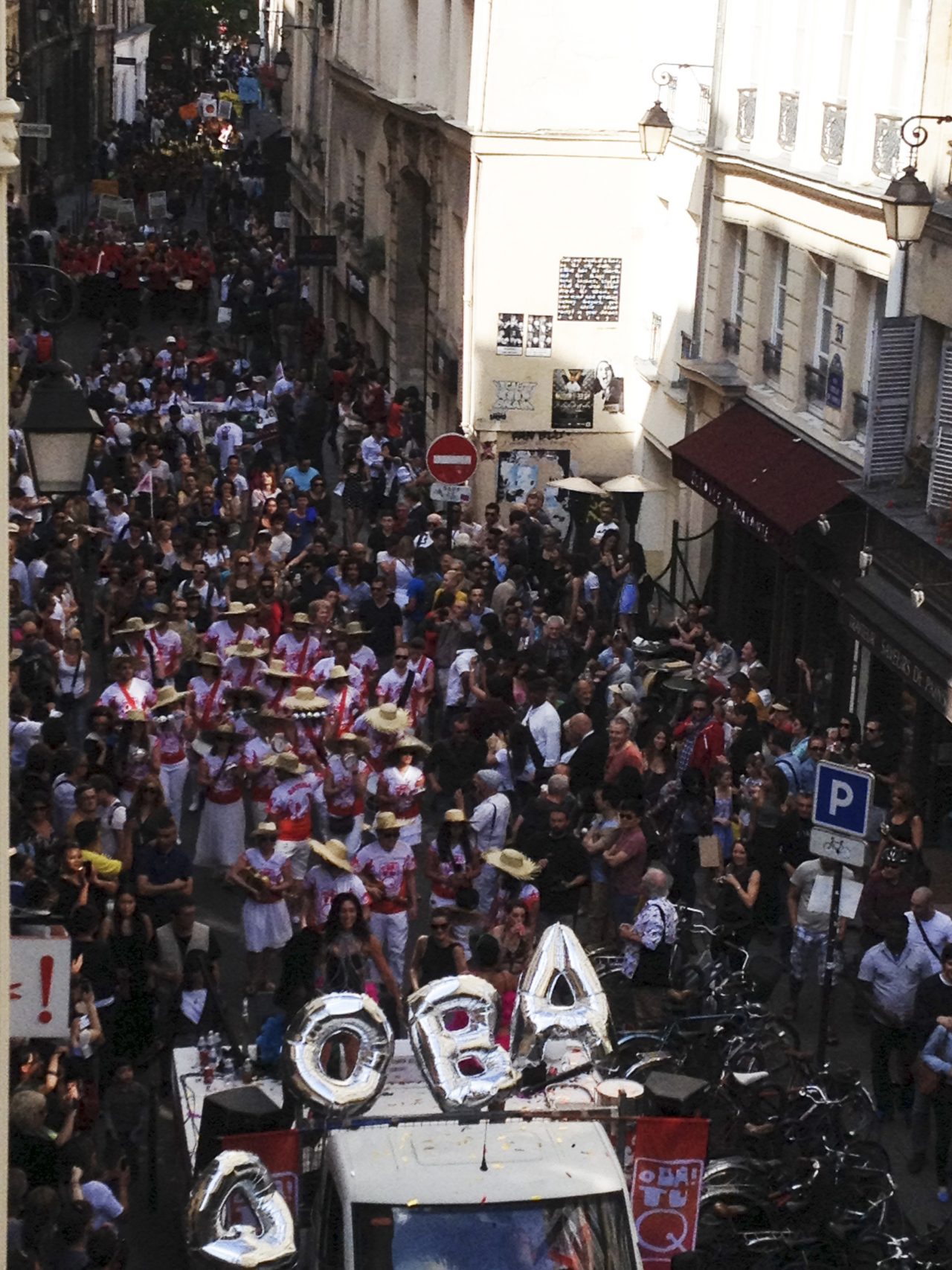
The bustle of a carnival in Paris
-
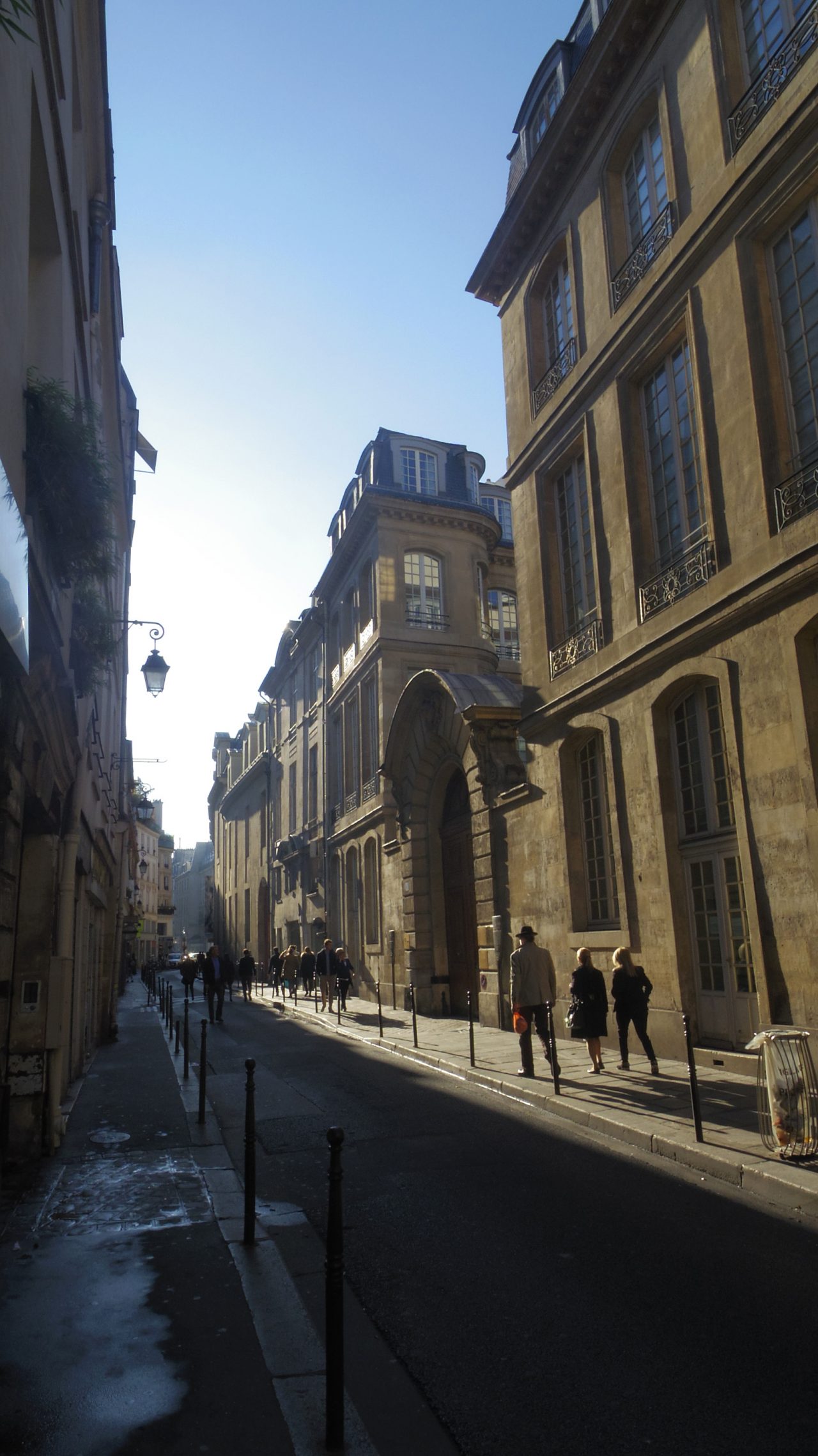
The Street on which the Descent of the Courtille had been conducted
-
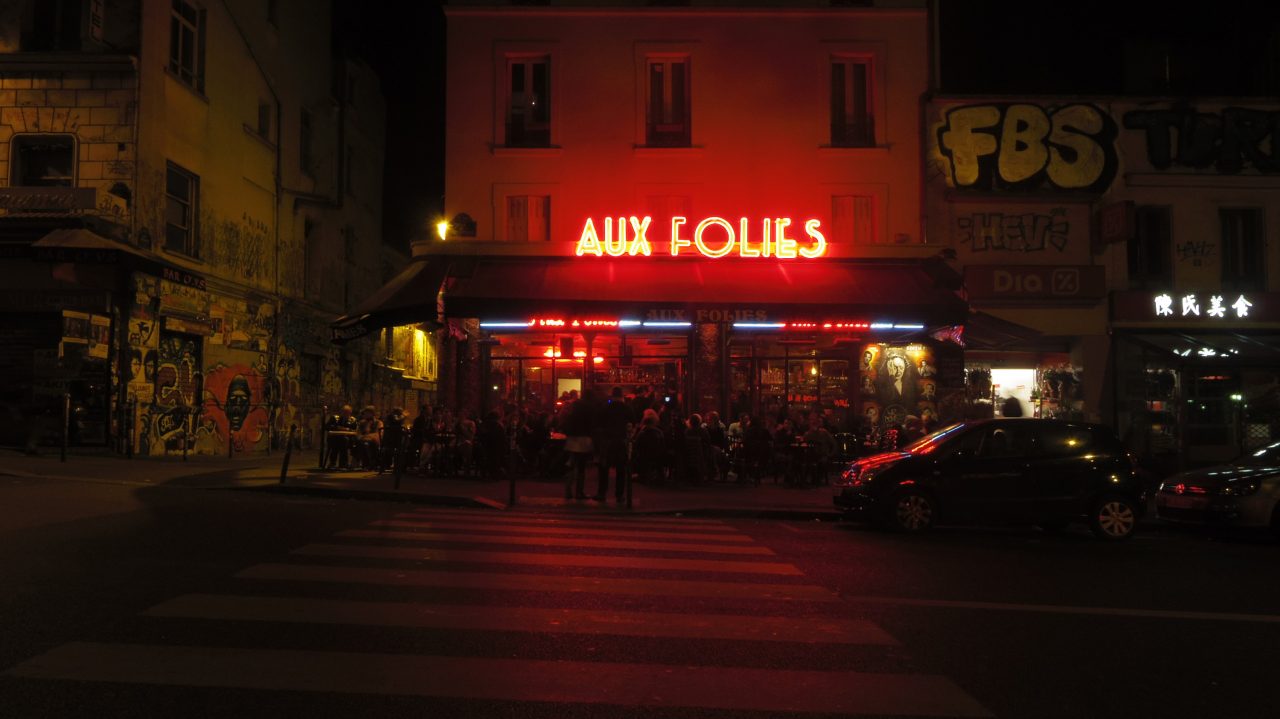
Belleville district; the area is crowded at night with young people.
-

Night view of Paris from Belleville Park
The episode of window of the Descent of the Courtille reminds me of something: a balcon, so-called balcony, which has a handrail sticking out of an apartment window toward the outside. It is able to confirm this name also in the theaters as well. The private seat on the side in the upper floor in the theaters is called Balcon. A limited number of people in the wealthy class could enjoy the performance from the balcon as if to look at the street from a window.
-
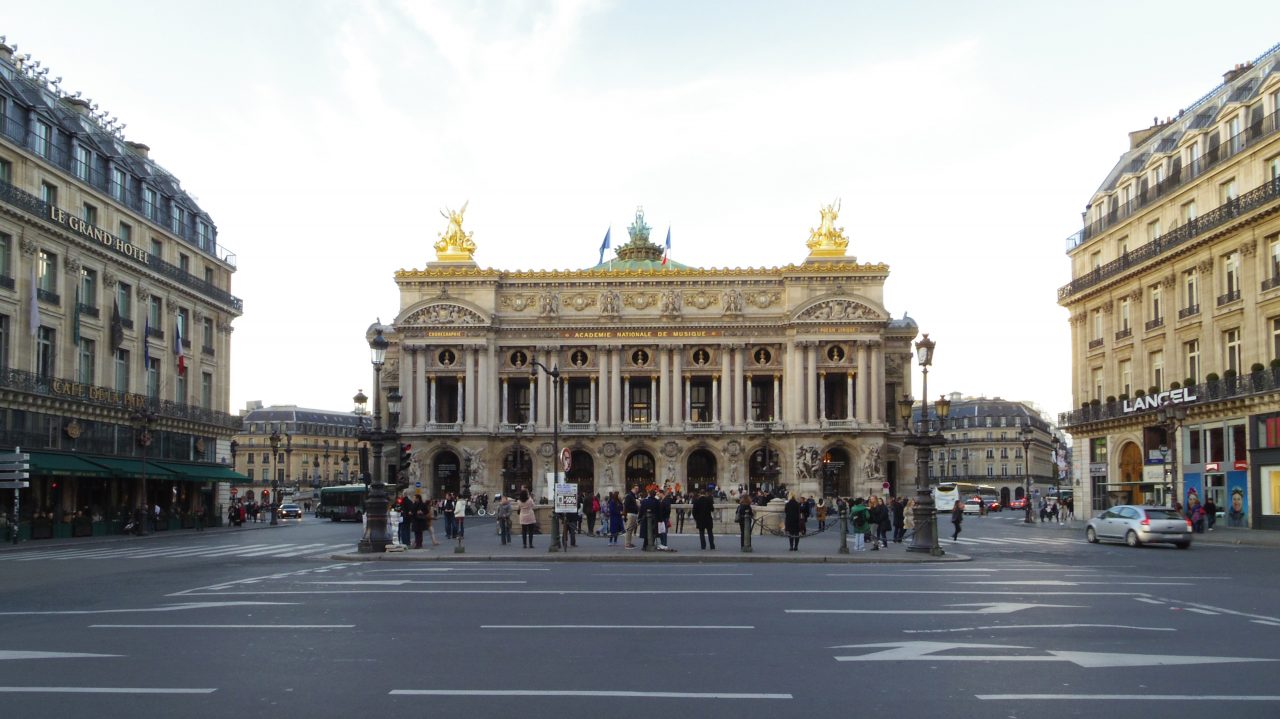
Palais Garnier
-
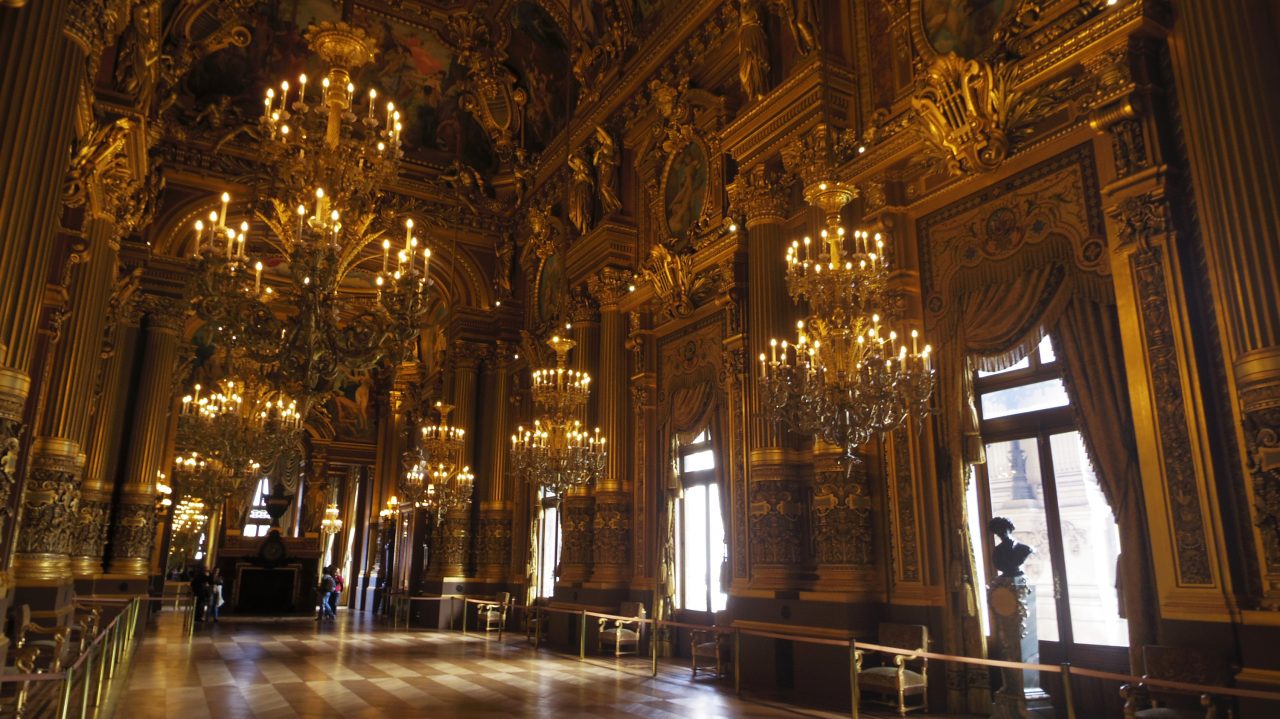
Corridor of Palais Garnier
-
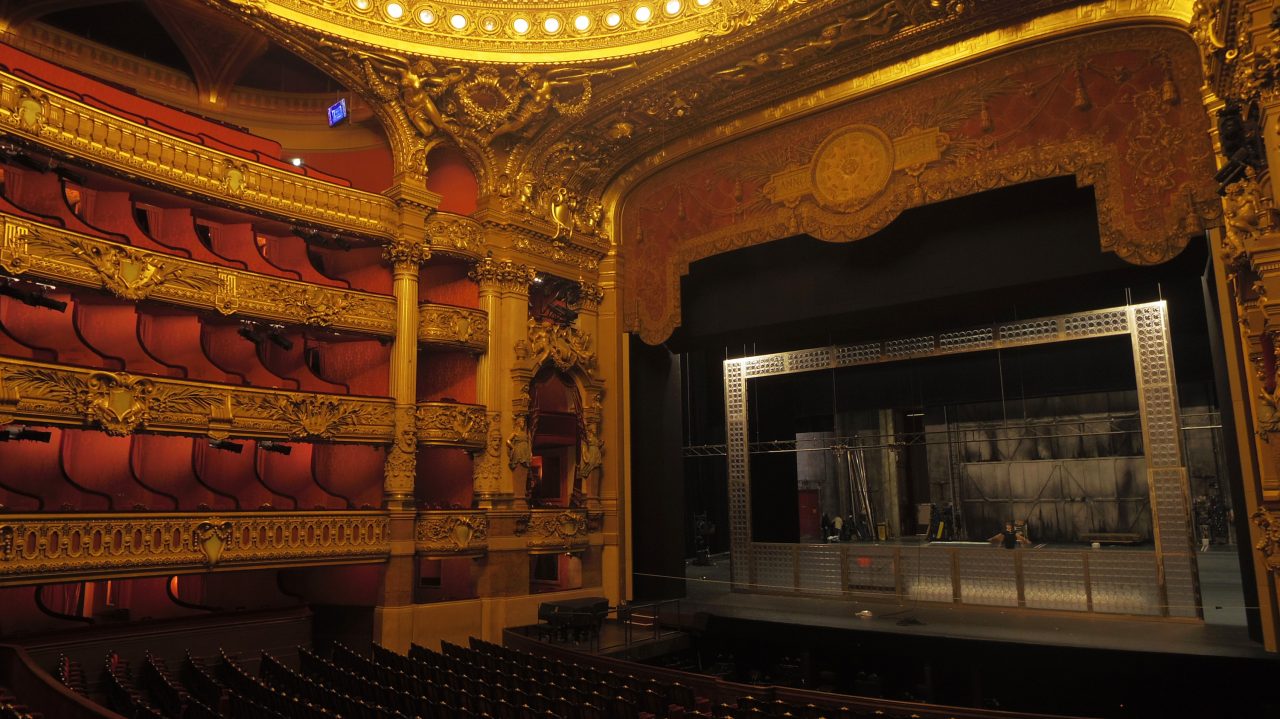
Stage and Balcon
In addition, a letter, ‘louée’ meaning rent, is written on the entrance door of private seat on the upper floor in Palais Garnier. I feel that looking at performances from the private seat on the upper floor somewhat resembles looking at the street from the rented window. Just like looking the carnival from the apartment windows were enjoyed, watching the performances from the seat of the upper floor in the theatre is enjoyed. Or looking at the bustle of town as if to watch a performance. People living in Paris might have felt here a similarity in mind.
-
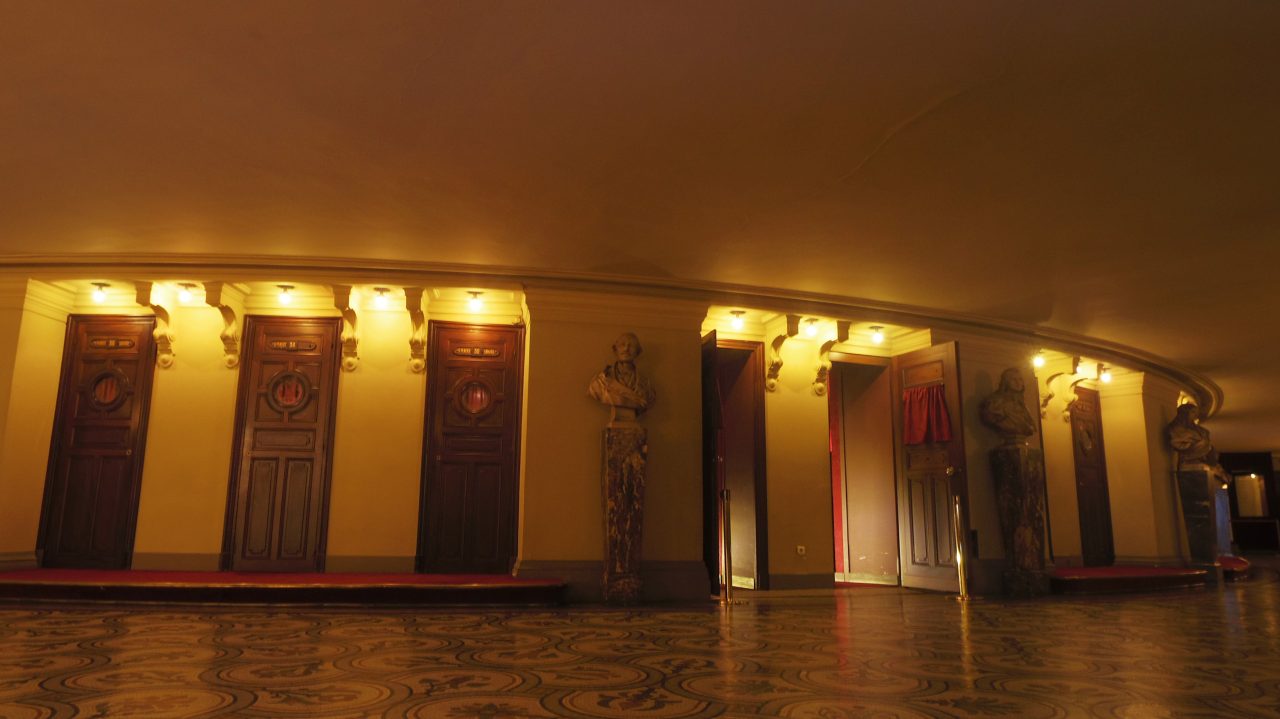
Louée is written on doors to each balcon.
-
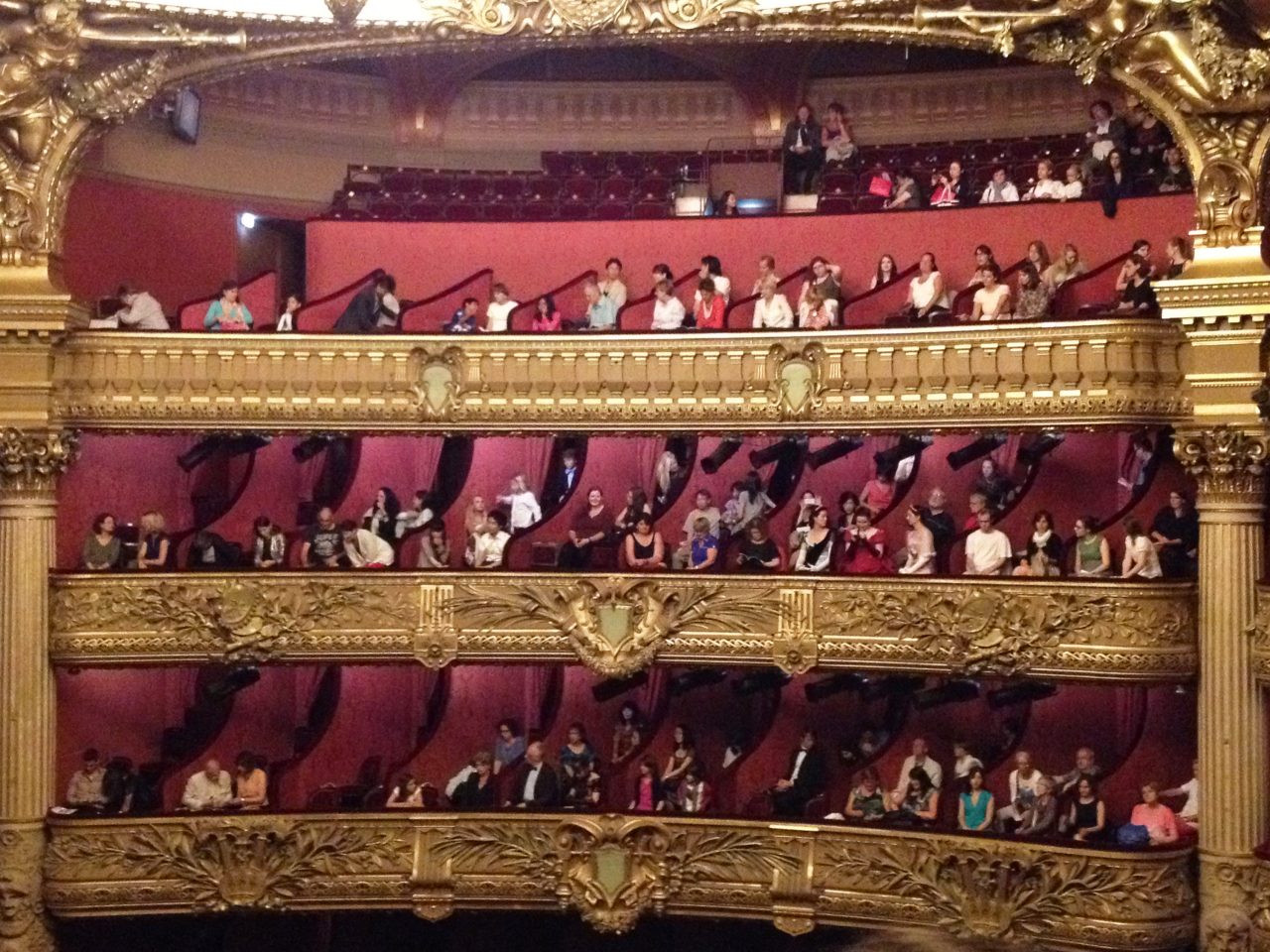
Spectators looking at the stage from Balcon
Women near a window are looking at the town of Paris. Everyone would have seen such a painting at least once. Paris had a strong presence in Europe from the Middle Ages to modern ages, during which various incidents and revolution had been happening in the city. At the same time, windows and people standing near the windows were a preferred theme in painting. There are quite a few paintings of people near a window who are looking at the town of Paris. The building of the old town by Paris stone and white plaster is bright, on the other hand, inside of the old apartment in Paris is dark because of the thick walls and the windows which can not be widely opened. This contrast directs both eyes of people who are drawn on the picture and people who look at the picture, from the inside room to the outside street. During the unstable era, the contrast between the dark room surrounded by the thick walls and the bright white town, as well as their eyes which can be seen in there are suggestive. A variety of writers, artists and musicians such as Ferdinand Victor Eugène Delacroix and Victor Hugo had looked at these from the windows, and then had created beautiful stories.
-

Apartment which Victor Hugo had lived
-
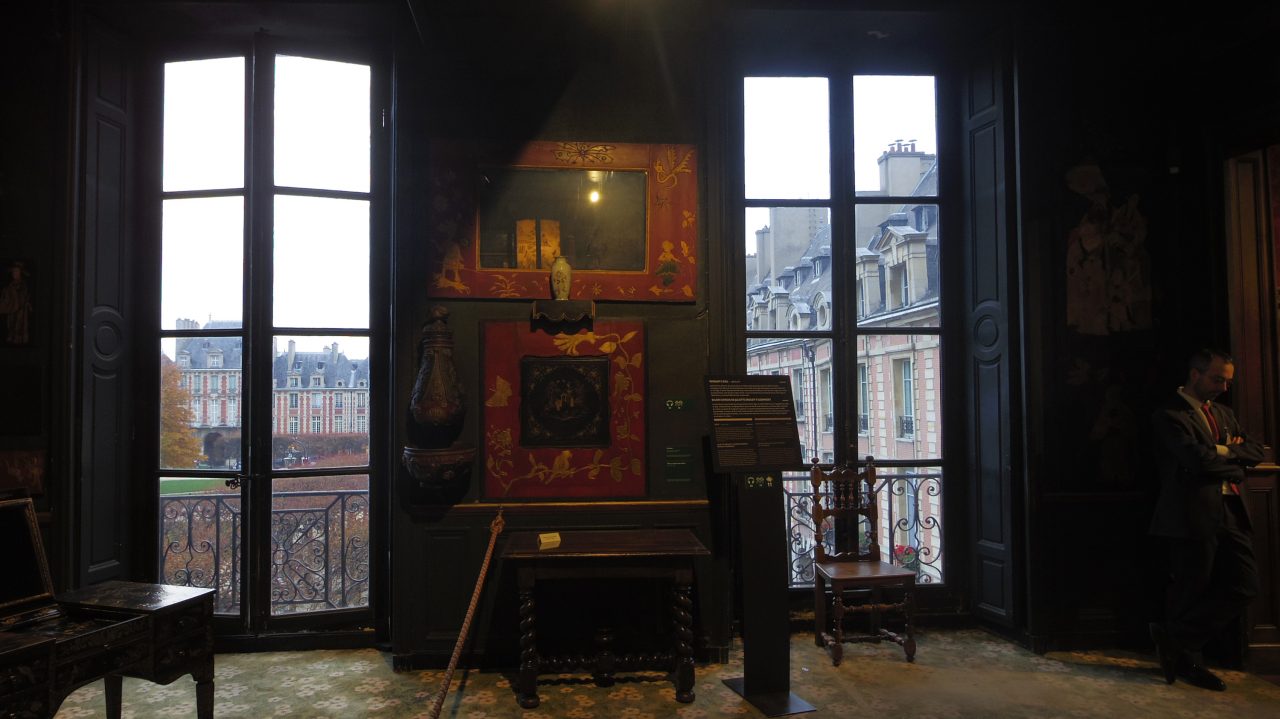
Inside of the apartment
Walter Benjamin said that the city of Paris is a place to experience a sense of boundary.
Once, the boundary, which was created by the different races, the social status and the city walls surrounded by multiple layers in order to protect themselves, might have made a stifling feeling for the peoples who were living at that time. In order to escape from the stifling sense, their desired eyes which looked for an entrance of freedom went toward the windows opened on the boundary, and then it reflected a variety of stories and images.
Raybun FUNAKI
1987 Born in Ibaraki, Japan 2010 Bachelor degree from Department of Architecture and Building Engineering, Shibaura Institute of Technology. Studied abroad in France 2013 Completed the Master Course, ENSA-Paris-Belleville, Architecte diplomé d’état. Worked at EZCT architecture & design research 2014. Founded TeePee Architects in Paris.
http://www.teepee-architects.com/

